THE LARGEST VOCABULARY IN MUSIC
An analysis of vocabularies of top selling musiciansStudy conducted at MusixMatch by Research Engineer Varun Jewalikar(@neotheoen) and intern Nishant Verma (@NashVail), June 2015
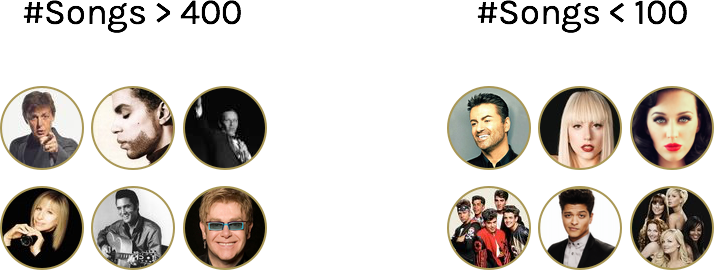
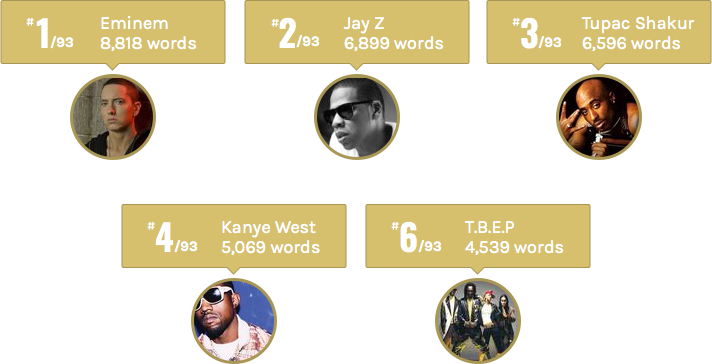 There are 4 rappers in the list and they are at the top of the vocabulary chart. Amongst them, Eminem leads Jay-z, 2Pac, Kanye West and The Black Eyed Peas by a big margin. Eminem also has the overall highest words per song ratio of 1018.5.
There are 4 rappers in the list and they are at the top of the vocabulary chart. Amongst them, Eminem leads Jay-z, 2Pac, Kanye West and The Black Eyed Peas by a big margin. Eminem also has the overall highest words per song ratio of 1018.5.
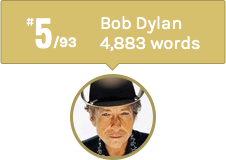 Given how articulate and descriptive his songs are, it is no wonder Bob Dylan ranks so highly. He also ranks at the top (#11) of the N.W.I ranking (on average he uses a new word after writing 9 words).
Given how articulate and descriptive his songs are, it is no wonder Bob Dylan ranks so highly. He also ranks at the top (#11) of the N.W.I ranking (on average he uses a new word after writing 9 words).
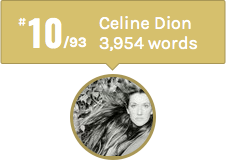 I had not expected a pop sensation like her to rank high since they rely on simplicity to get their message across. It lays bare my ignorance of her music. Also, she is the only one who ranks in the top 15 by vocabulary size as well as the total certified
album sales.
I had not expected a pop sensation like her to rank high since they rely on simplicity to get their message across. It lays bare my ignorance of her music. Also, she is the only one who ranks in the top 15 by vocabulary size as well as the total certified
album sales.
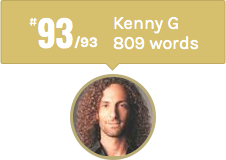
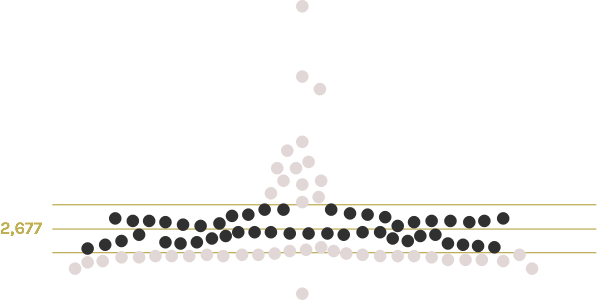 The average vocabulary size across all the musicians is 2677 words. Around 40 musicians have a vocabulary size within 400 words of the average . Get your song-writing vocabulary size in this range to be a top selling artist.
The average vocabulary size across all the musicians is 2677 words. Around 40 musicians have a vocabulary size within 400 words of the average . Get your song-writing vocabulary size in this range to be a top selling artist.
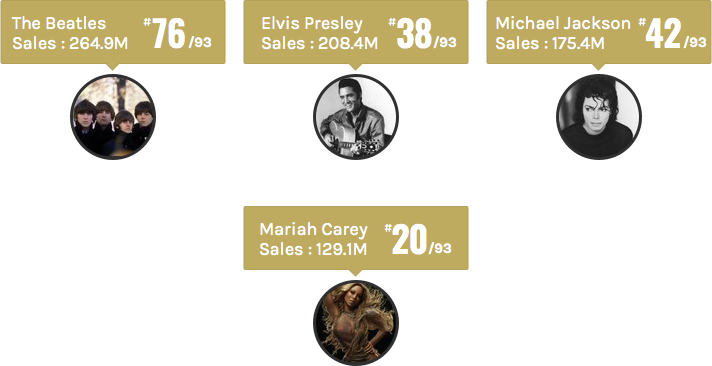 The three top selling musicians of all time rank low in the vocabulary chart. No wonder the simplicity of their lyrics breaks the barriers of geography, age, language and they are admired globally. Conversely, Mariah Carey ranks high in both the charts
(#9 in the sales chart and #20 in the vocabulary chart).
The three top selling musicians of all time rank low in the vocabulary chart. No wonder the simplicity of their lyrics breaks the barriers of geography, age, language and they are admired globally. Conversely, Mariah Carey ranks high in both the charts
(#9 in the sales chart and #20 in the vocabulary chart).